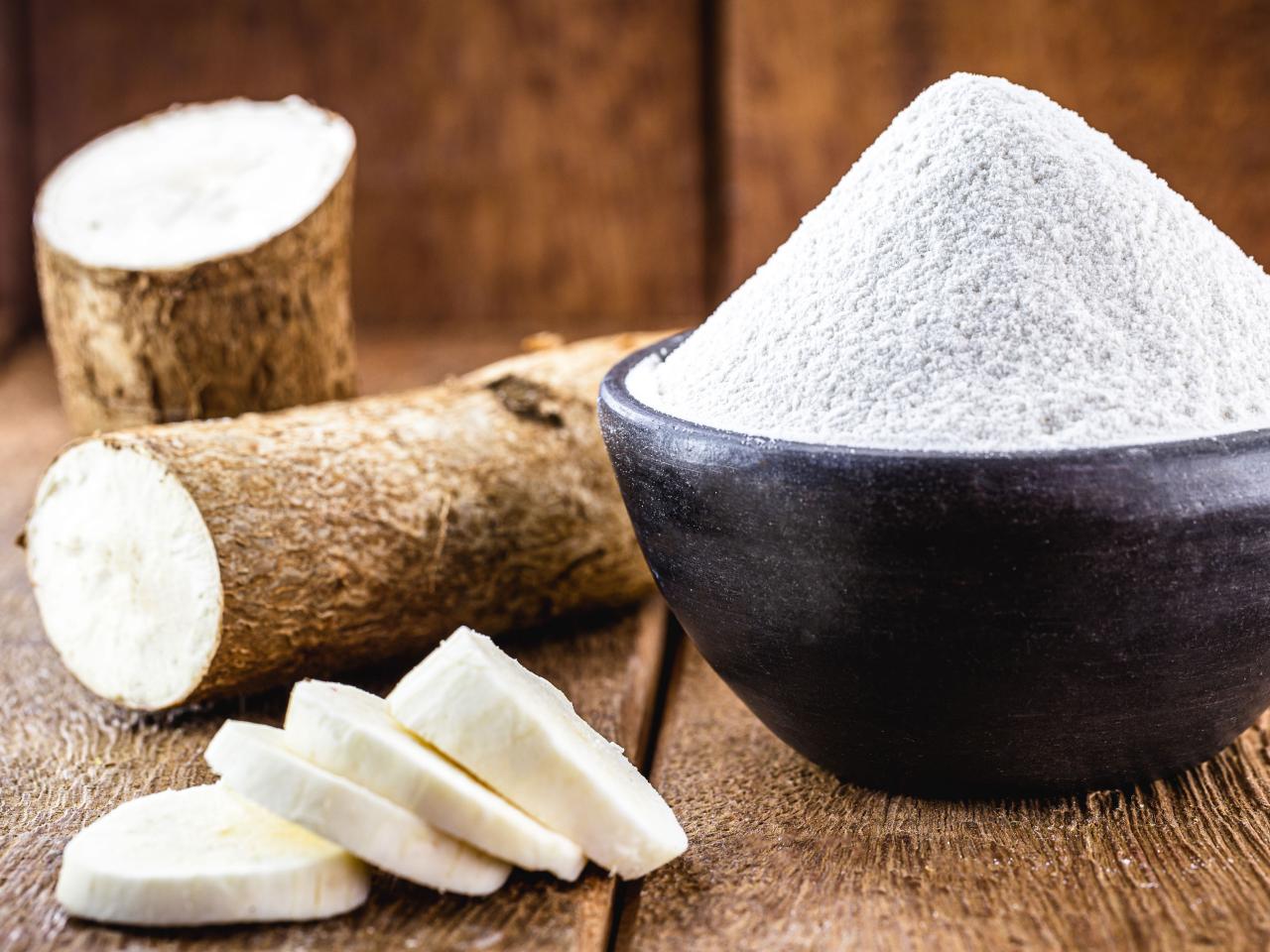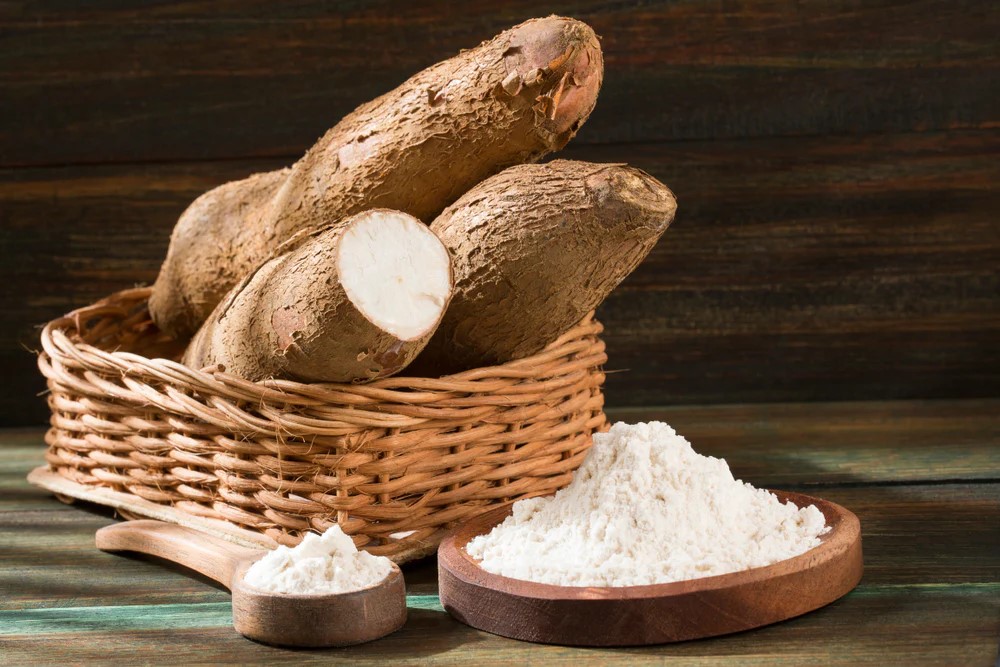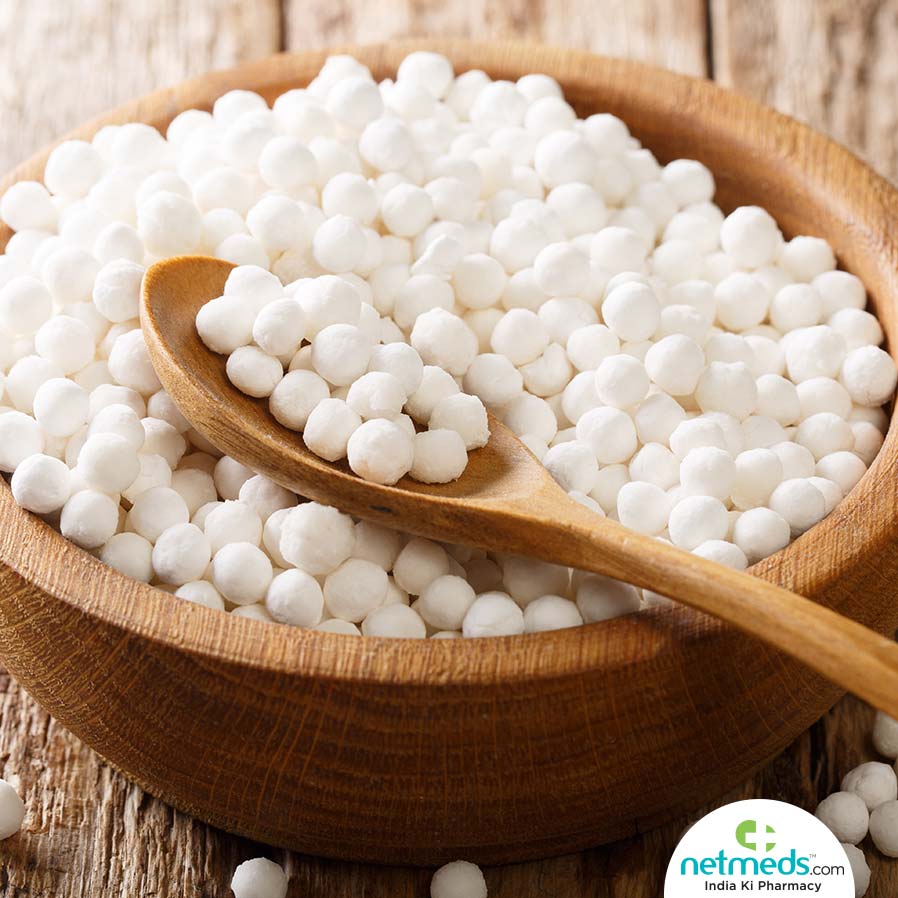
Tapioca, a versatile starch derived from the cassava root, is used in a variety of dishes and is especially popular in puddings and as a thickening agent. Here’s a step-by-step guide on how to turn cassava into tapioca.
Materials needed:
- Fresh cassava roots
- Peeler or knife
- Grater or food processor
- Cheesecloth or fine mesh strainer
- Large bowl
- Clean water
Instructions:
1. Selecting and preparing the cassava
- Choose fresh cassava roots: Select firm, unblemished cassava roots. Avoid those with soft spots or discolouration.
- Peel the cassava: Using a peeler or knife, remove the thick, brown outer skin and the thin, pinkish layer underneath. Ensure all the skin is removed to avoid any bitterness or toxins.
- Wash the cassava: Rinse the peeled cassava thoroughly under clean, running water to remove any dirt or debris.
2. Grating the cassava
- Grate the cassava: Using a grater or food processor, grate the cassava into fine pieces. This will help extract the starch more efficiently.
- Soak the grated cassava: Place the grated cassava into a large bowl and cover it with clean water. Let it soak for several hours or overnight. This soaking process helps to release the starch from the cassava fibres.

3. Extracting the starch
- Strain the mixture: Pour the soaked cassava mixture through a cheesecloth or fine mesh strainer into another large bowl. Squeeze out as much liquid as possible from the grated cassava.
- Settle the starch: Allow the strained liquid to sit undisturbed for several hours. The starch will settle at the bottom of the bowl.
- Drain the liquid: Carefully pour off the excess liquid, leaving the starchy sediment at the bottom.
4. Drying the tapioca starch
- Dry the starch: Spread the wet starch on a clean, flat surface or tray in a thin layer. Allow it to air dry in a well-ventilated area, away from direct sunlight. Alternatively, you can use a dehydrator or an oven set to a low temperature.
- Break into granules: Once the starch is completely dry, break it into small granules. These granules can be further processed to create different forms of tapioca, such as pearls or flour.
5. Storing the tapioca
- Store in an airtight container: Transfer the dried tapioca granules into an airtight container. Store it in a cool, dry place, where it can be kept for several months.

Turning cassava into tapioca involves a series of steps to extract and dry the starch from the root. By following these instructions, you can produce your own tapioca at home, ready to be used in various culinary applications.
Whether you’re making tapioca pudding, thickening soups, or exploring other recipes, homemade tapioca is a versatile and valuable ingredient.
Pulse





